Structure and interactions of the endogenous human Commander complex
- PMID: 38459129
- PMCID: PMC11189303
- DOI: 10.1038/s41594-024-01246-1
Structure and interactions of the endogenous human Commander complex
Erratum in
-
Author Correction: Structure and interactions of the endogenous human Commander complex.Nat Struct Mol Biol. 2024 May;31(5):846. doi: 10.1038/s41594-024-01273-y. Nat Struct Mol Biol. 2024. PMID: 38504028 Free PMC article. No abstract available.
Abstract
The Commander complex, a 16-protein assembly, plays multiple roles in cell homeostasis, cell cycle and immune response. It consists of copper-metabolism Murr1 domain proteins (COMMD1-10), coiled-coil domain-containing proteins (CCDC22 and CCDC93), DENND10 and the Retriever subcomplex (VPS26C, VPS29 and VPS35L), all expressed ubiquitously in the body and linked to various diseases. Here, we report the structure and key interactions of the endogenous human Commander complex by cryogenic-electron microscopy and mass spectrometry-based proteomics. The complex consists of a stable core of COMMD1-10 and an effector containing DENND10 and Retriever, scaffolded together by CCDC22 and CCDC93. We establish the composition of Commander and reveal major interaction interfaces. These findings clarify its roles in intracellular transport, and uncover a strong association with cilium assembly, and centrosome and centriole functions.
© 2024. The Author(s).
Conflict of interest statement
The authors declare no competing interests.
Figures

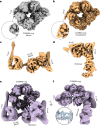

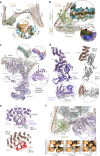

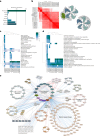



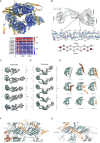

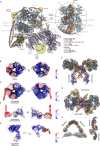
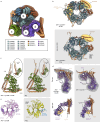

References
MeSH terms
Substances
LinkOut - more resources
Full Text Sources
Research Materials

